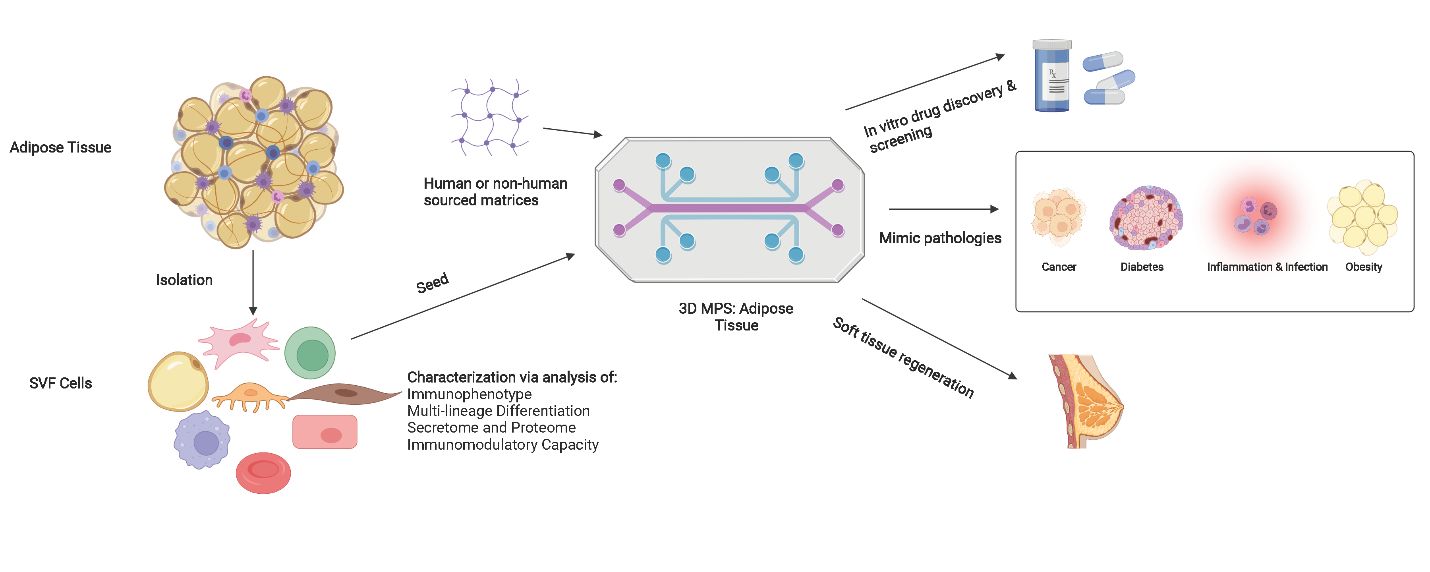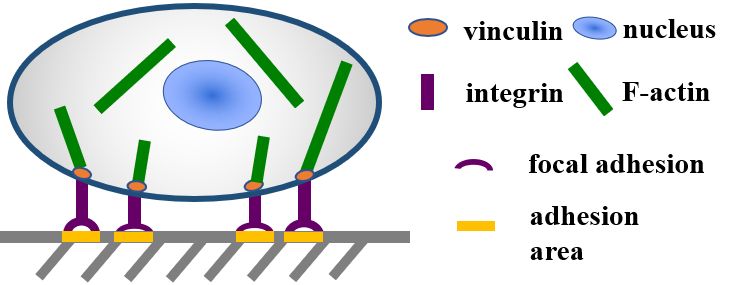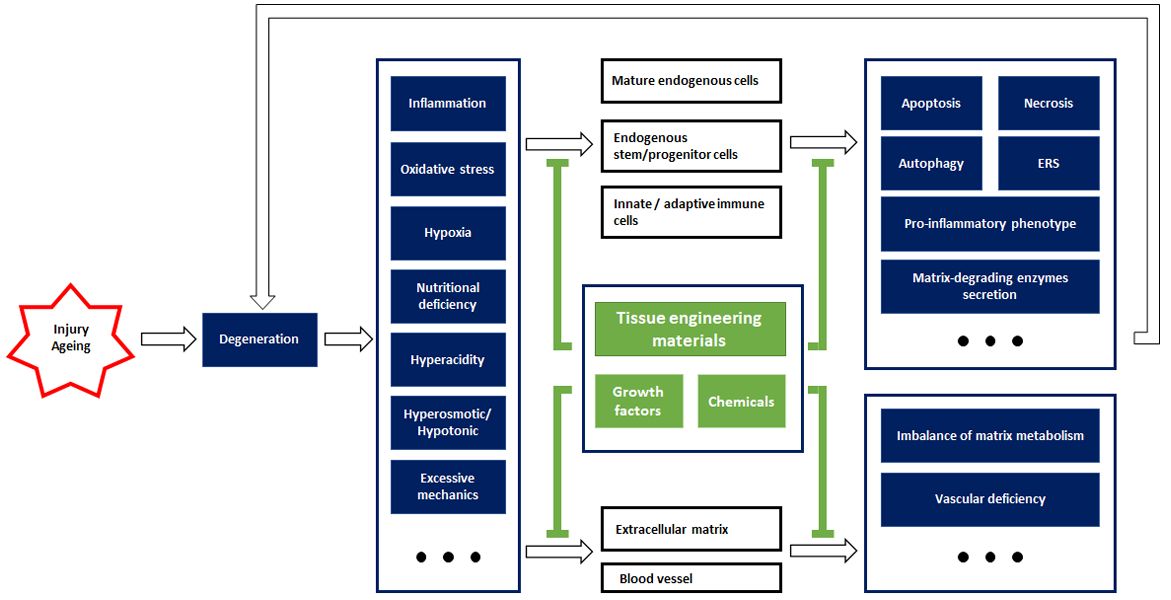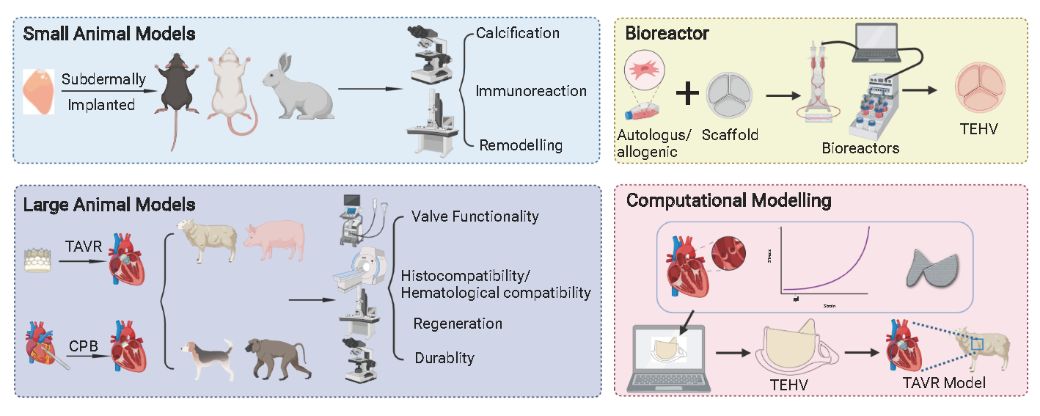Application of stem cells in translational medicine
A brief history of the development of stromal stem cells (stem cells of the skeleton)
Human pluripotent stem cells: tools for regenerative medicine

Adipose-derived cells: building blocks of three-dimensional microphysiological systems

Mesenchymal stem cells and COVID-19: the process of discovery and of translation
Focal adhesion regulates osteogenic differentiation of mesenchymal stem cells and osteoblasts

Cellular modulation by the mechanical cues from biomaterials for tissue engineering

Endogenous repair theory enriches construction strategies for orthopaedic biomaterials: a narrative review

Experimental and computational models for tissue-engineered heart valves: a narrative review




